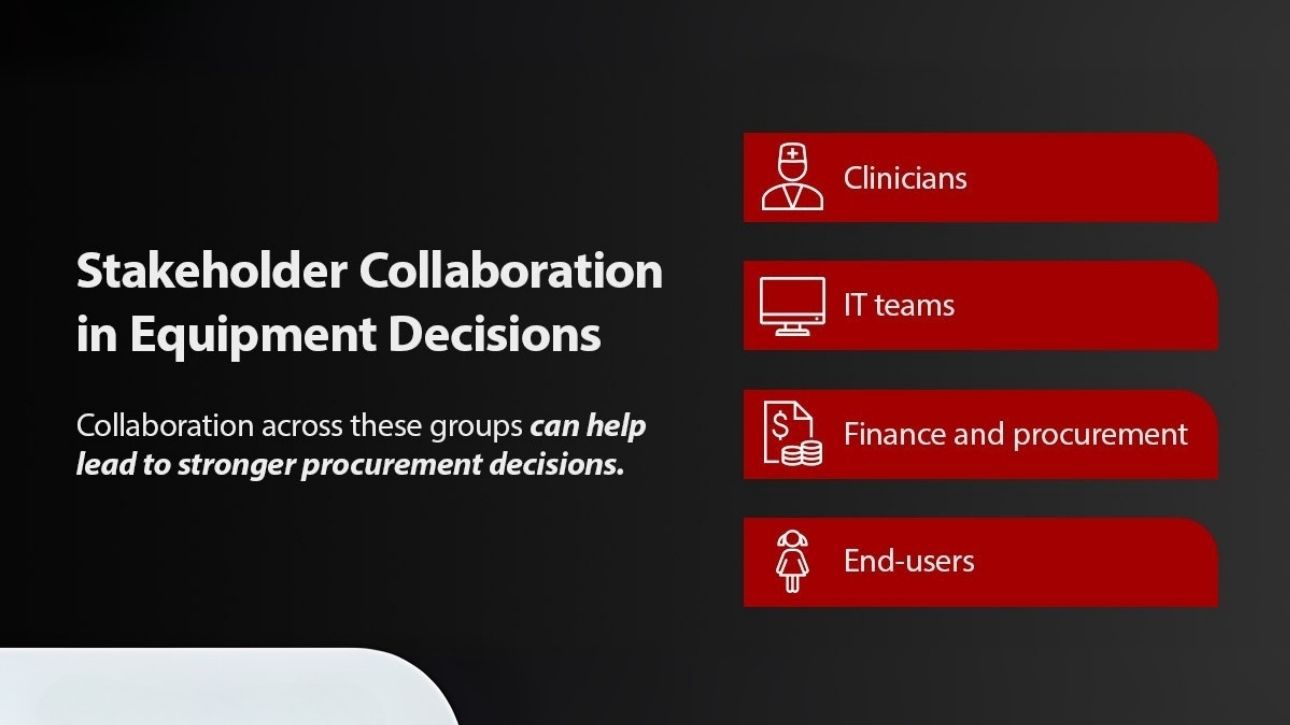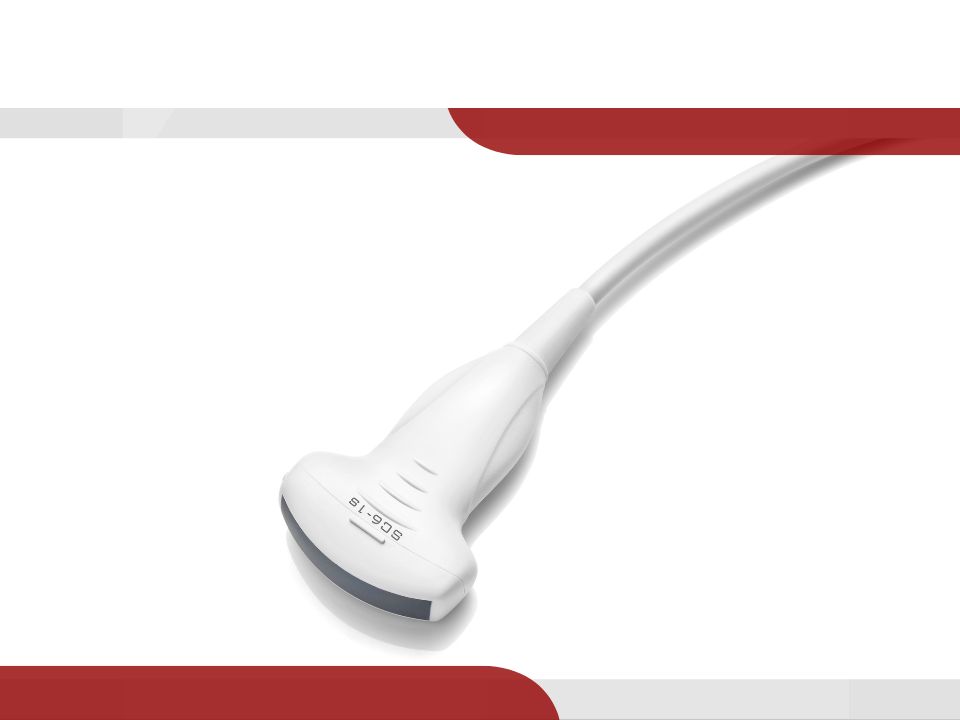Scaling Medical Equipment for Pediatric Patients: Solutions for Children's Hospitals
10-21-2025

Children's hospitals are uniquely dynamic environments. The range of patient sizes, developmental stages, and physiological differences demands specific equipment requirements, from premature newborns to near-adult adolescents.
Scaling medical equipment for pediatric patients involves tailoring healthcare technology to match children’s needs so that treatment and monitoring are delivered with precision, comfort, and safety. Below, we'll explore how hospitals are meeting these complex demands with adaptable equipment for pediatric care.
Understanding Pediatric-Specific Equipment Needs
Children grow rapidly from infancy through adolescence, and equipment that does not provide size configurations specific to pediatric patients can compromise safety. For example, an oversized blood pressure cuff may give false readings, while a poorly fitted mask can reduce oxygen delivery.
Children's hospitals must utilize medical equipment that can adapt to pediatric and neonatal patients' needs while supporting clinician workflows. Equipment requirements include:
Adaptable Patient Monitoring Solutions
Children have different heart rates and respiratory patterns than adults, and their organs are still developing. Clinicians must be able to efficiently adjust patient monitors to match the unique physiological parameters of pediatric and neonatal patients to detect issues early.
For example, adaptable patient monitors provide quick access to neonatal oxycardiorespirograms so clinicians can closely watch an infant's heart rate, respiration rate, and oxygen saturation — crucial for detecting apnea, desaturation, bradycardia, and other cardiorespiratory conditions.
Children also require smaller-sized patient monitoring accessories to enable precise vital sign measurements. Children's hospitals use patient monitoring systems compatible with appropriately sized blood pressure cuffs, SpO2 sensors, and temperature probes, among others.
Precise Respiratory Care and Anesthesia Equipment
Since children and newborns have smaller airways and fewer alveoli in their lungs, they require respiratory support equipment that can deliver lower ventilation volumes. Children and infants also have high metabolic rates, requiring different doses of anesthesia than adults.
The anesthesia workstations used in children's hospitals must be able to adjust to all patient sizes to accommodate children of various ages. This includes the ability to deliver very low tidal volumes to protect patient lungs during mechanical ventilation.
Hospitals can use neonatal ventilators with intelligent oxygen control to deliver gentle and effective respiratory support to newborns.
Sensitive and Adaptable Ultrasound Systems
Ultrasound is an essential imaging modality in pediatric medicine, valued for its safety, non-invasiveness, and absence of ionizing radiation — ideal for patients from infancy through adolescence and into early adulthood. Varying patient sizes and developmental stages requires versatile ultrasound transducers and imaging frequencies to ensure accurate, high-quality visualization. Pediatric-specific transducers include higher frequency ranges to provide detailed imaging of smaller anatomical structures. They also often feature a curved, micro-convex, lightweight, and compact design, which enables greater maneuverability, especially in neonates and infants.
Additionally, many ultrasound systems offer dedicated pediatric presets that help optimize image quality for younger patients while streamlining clinical workflows. Obtaining clear, high-resolution images can be particularly challenging in pediatric populations, where patients may be unable to follow instructions for breath-holding or specific positioning. Advanced software algorithms that compensate for motion are crucial in these cases, helping clinicians capture high-quality diagnostic images despite patient movement.
Behind every successful implementation is a multidisciplinary team working together. Each stakeholder brings a unique perspective:
- Clinicians: Healthcare professionals prioritize the usability and clinical relevance of tools
- IT teams: The IT department needs to ensure compatibility with existing systems and support ongoing maintenance
- Finance and procurement: Finance weighs the proposed equipment's costs, warranty coverage, and value across the production
cycle - End-users: Nurses, respiratory therapists, and technologists offer insights into the day-to-day practical use of the machines
Collaboration across these groups can lead to stronger procurement decisions. Hospitals need to form these cross-functional committees to evaluate potential machinery purchases through a shared lens of safety, usability, adaptability, and financial considerations.
The Future of Pediatric Medical Equipment
The landscape is evolving rapidly, driven by the need for innovation tailored to children's unique healthcare requirements. Some of these key initiatives include:
- Pediatric Medical Devices Public-Private Partnership (PMD-PPP): This partnership aims to eliminate barriers to device development. It focuses on making the process of manufacturing, testing, and approving tools more efficient and less risky for developers
- Reimagining hospital infrastructure: Hospitals are encouraged to modernize their physical spaces and digital systems to accommodate cutting-edge devices. This shift can help ensure that new equipment can be adopted smoothly, maximizing clinical value and minimizing workflow disruption
These advancements signify a commitment to bridging the innovation gap in children's medical equipment, ensuring that children receive care tailored to their needs. Healthcare technology providers like Mindray North America are contributing to this evolution through adaptable solutions, like the Resona 7 Platinum Edition Ultrasound System.
Frequently Asked Questions
Explore answers to the top questions about scaling medical equipment for pediatric patients.
How Should Hospitals Decide Which Pediatric Equipment to Purchase?
Pediatric equipment purchasing is a collaborative endeavor to ensure the technology meets patient needs and operational goals. Clinical teams evaluate care requirements, IT departments assess integration and support demands, and finance teams weigh long-term value and warranties.
How Do Clinicians Ensure Accurate Patient Monitoring When Transporting Pediatric Patients?
Clinicians use portable transport-specific monitors that feature age-appropriate parameters and are compatible with pediatric-specific monitoring equipment to safely transport young patients between departments. These monitors connect wirelessly to a distributed monitoring system to ensure data continuity.

